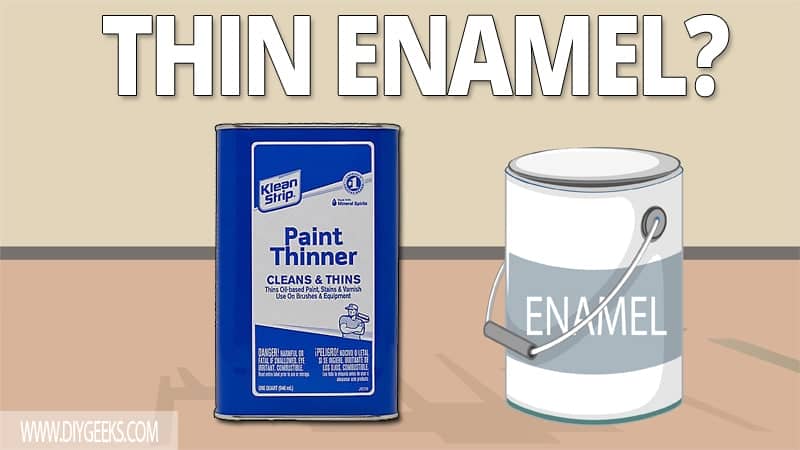Enamel paint is known for its thick flow and long dry time. To dilute enamel paint, pour the paint into a clean bucket, add a thinning compound, stir the mixture, and test the mixture.
Thin enamel paint in a ratio of 1:3 (1 part thinner compound to 3 parts paint) if using a paintbrush to apply it. Use a ratio of 1:2 (1 part thinner to 2 parts paint) to thin enamel paint for spraying.
Can You Apply Enamel Paint Without Thinning It?
You can apply enamel paint without thinning it, but only if you are painting highly porous materials, such as wood. Highly porous surfaces have larger pores and will absorb a thick paint more easily.
You must thin enamel paint if you are painting non-porous surfaces, such as metal, as the paint won’t stick. Non-porous surfaces have no pores, so a thick coating won’t be able to stick (or dry) over it.
Thick coats are harder to apply, will show brush marks and imperfections when dry, take longer to dry, and can produce an uneven finish.
Why Should You Dilute Enamel Paint?
You should dilute enamel paint for the following reasons:
- Improves Paint Application. Thinning enamel paint improves paint application as thinner coatings are easier to apply. A thick coating can clog the sprayer nozzle, so the paint must be as thin as possible when using a sprayer.
- Improves the Finish. A thinner paint will produce a better finish as you can use a sprayer to apply it and it makes the application easier.
- Prevents Wastage. A thicker paint coating covers a surface faster, but it will require more paint. A thinner paint coating covers a surface more slowly, but it requires less paint.
- Prevents Brushmarks. A thinned enamel paint doesn’t leave brushmarks behind in the finish. It will also dry faster, allowing you to apply more coats and complete the painting project faster.
How To Thin Enamel Paint?
To thin enamel paint, do the following.
- Pour Enamel paint into a clean bucket.
- Add a Thinning Compound.
- Stir the Mixture.
- Test the Thinned Paint.
The tools you need for this project are listed below.
- Thinning compound (turpentine, mineral spirits, or lacquer thinner)
- A bucket
- A turning stick or paint mixer
- A pair of gloves
- Enamel paint
1. Pour Enamel paint into a clean bucket.
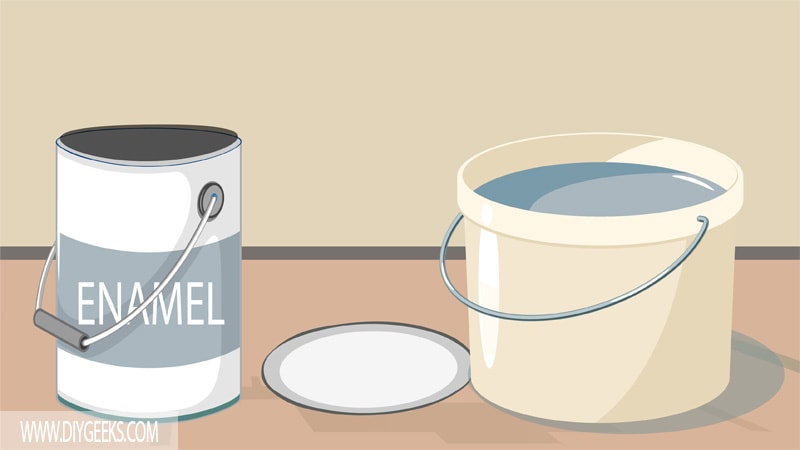
Pour the needed enamel paint into a clean bucket to make the thinning process easier. You can thin the paint into its container, but using a large clean bucket is easier.
Measure and pour the needed amount in the bucket.
2. Add a Thinning Compound
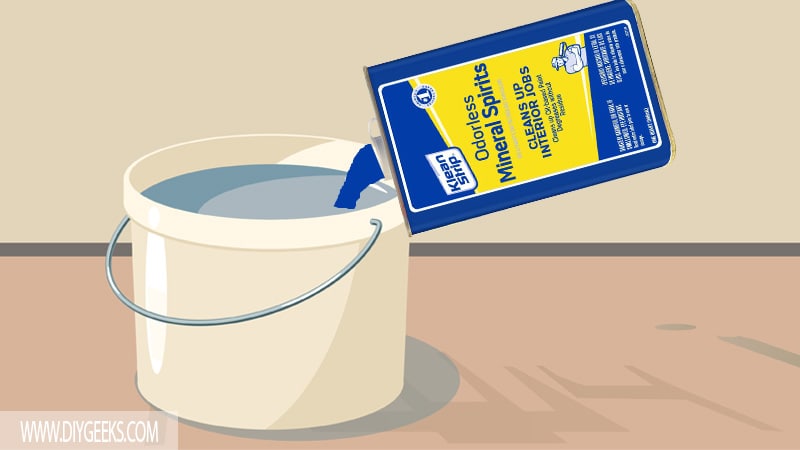
To thin enamel paint, use mineral spirits or turpentine. To thin water-based enamel paint, use water.
Thin enamel paint in a ratio of 1:2 (1 part thinner to 2 parts paint) if using a sprayer to apply it. Use a ratio of 1:3 (1 part thinner to 3 parts paint) to thin enamel paint for a paintbrush application.
3. Stir the Mixture
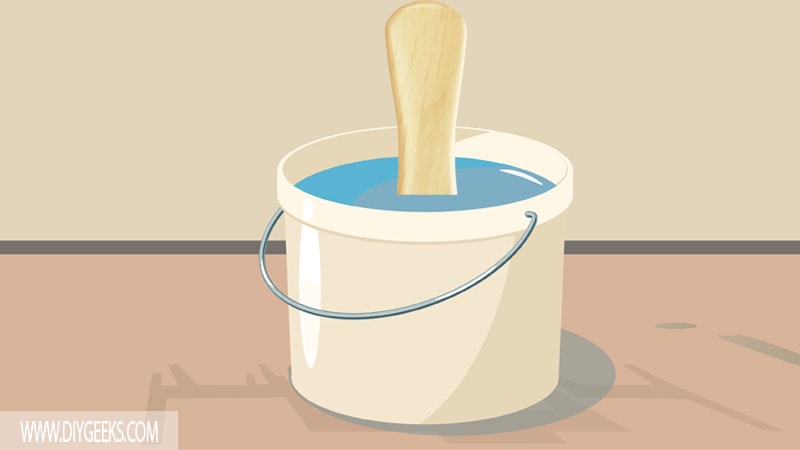
Stir the mixture after adding the thinning compound with a paint mixer or turning stick for a few seconds.
Use a long turning stick to stir the bottom of the paint too. Stir until the paint has an even consistency and color.
4. Test the Thinned Paint
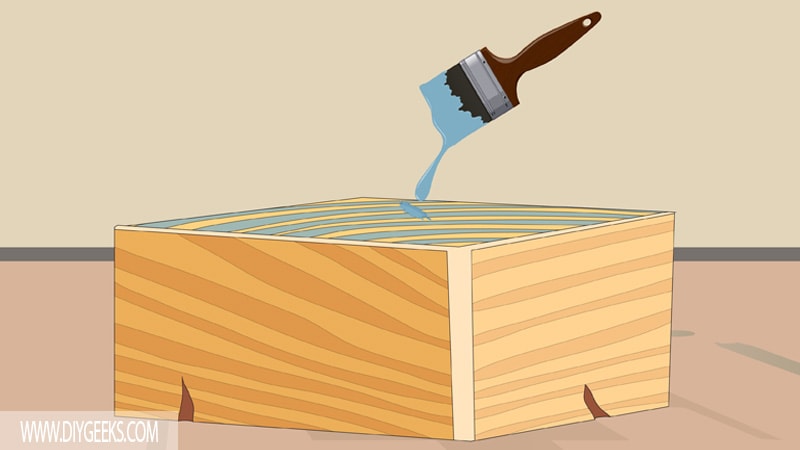
Test the diluted enamel paint on cardboard, wood, or other dispensable material. Wait for the paint to dry, and check its color shade and adhesion.
If the paint has a consistent color shade, dries in time, and is adhered properly, you can use it.
If the finish isn’t smooth or has different color shades, you must stir it again or re-thin it. If the coating is too thin, add more paint to the mixture. If the coating is still thick, add more paint thinner to the mixture.
